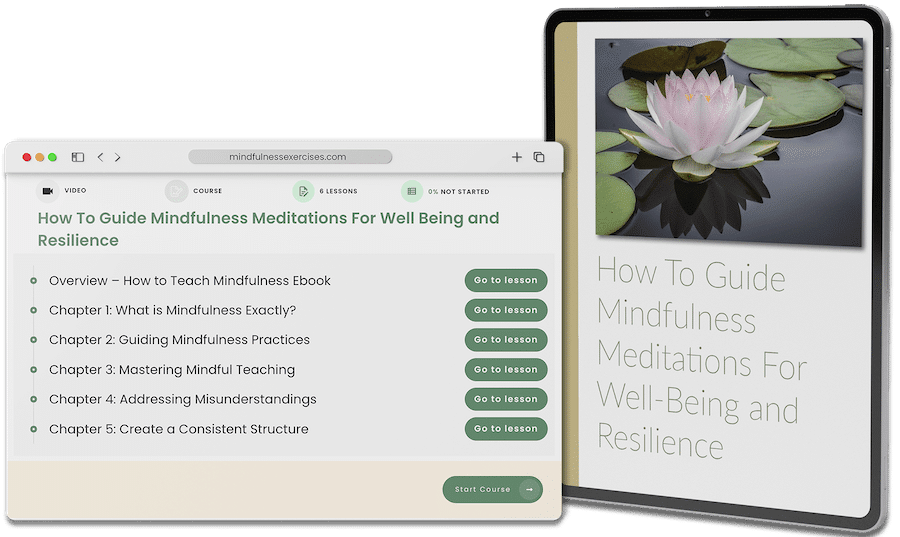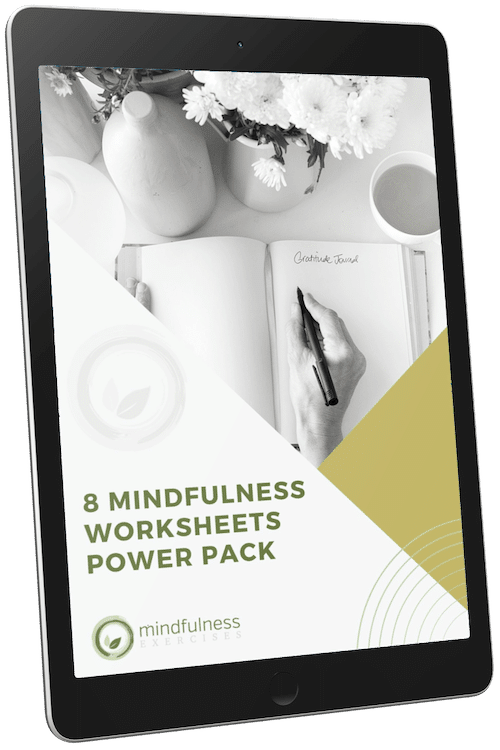Three Good Things
Have you ever noticed that our thoughts determine our experience of the world? Although we’re ultimately not our mind, until we find this out for ourselves, 99% of our emotional experiences and states of consciousness are indeed dictated by our own minds.
By commenting on everything that happens, our mental narrative can transform a perfectly neutral day into a good one or a bad one, evoking feelings and physical sensations (like adrenaline, or physical contractions due to fear or anger) appropriate to those thoughts.
This might seem scary at first, but it’s actually quite freeing.
Before recognizing how powerful our mind is, we can only go along with our thoughts, feeling trapped in our mental patterns. Although we have a sense that this is not true, that we are not really trapped, we don’t actually know, in our own felt experience, that there is another option. Once we realize that our thoughts determine our experience, however, we find that we have many more options in good things than we thought we had. By exploring our way of thinking and by tweaking negative thoughts, our experience the world can change drastically.
Here’s a classic example. You are walking down the road and suddenly you see something in front of you. “It’s a snake!”, yells your mind, and you freeze in terror. After a moment, however, you realize that something doesn’t add up. You take a better look and grab a stick to poke it… and realize that it was only a coiled rope! You were never in any danger, you only believed distorted thoughts about your perceptions. This is how our mind operates. By falsely believing we need to protect ourselves for whatever reason, it can completely distort the world around us.
The Three Good Things exercise
To help you get acquainted with the way your mind works and learn to start tweaking its patterns, we have included a useful exercise by psychologist Martin Seligman. By selecting Three Good Things about your day and writing them down, you’ll start seeing how important our thoughts and points of view are to our perception of the world, and how a positive narrative can turn any day on its head.
By looking at our thoughts we can recognize our negative biases, and train ourselves to reconnect with our innate sense of well-being – remembering how to spontaneously express it in the world.


















